Facts about Granite Slab Quality Variables
Granite City Services
11 years ago
Featured Answer
Comments (34)
susanlynn2012
11 years agolast modified: 9 years agoRelated Professionals
Flint Kitchen & Bathroom Designers · Hybla Valley Kitchen & Bathroom Designers · Schaumburg Kitchen & Bathroom Designers · Winton Kitchen & Bathroom Designers · Terryville Kitchen & Bathroom Designers · Bensenville Kitchen & Bathroom Designers · Galena Park Kitchen & Bathroom Remodelers · Honolulu Kitchen & Bathroom Remodelers · Lomita Kitchen & Bathroom Remodelers · Sweetwater Kitchen & Bathroom Remodelers · Weston Kitchen & Bathroom Remodelers · Palestine Kitchen & Bathroom Remodelers · Country Club Cabinets & Cabinetry · Daly City Cabinets & Cabinetry · Brookline Tile and Stone Contractorssoibean
11 years agolast modified: 9 years agoGranite City Services
11 years agolast modified: 9 years agosoibean
11 years agolast modified: 9 years agofriedajune
11 years agolast modified: 9 years agoSaraKat
11 years agolast modified: 9 years agoGranite City Services
11 years agolast modified: 9 years agoSaraKat
11 years agolast modified: 9 years agoaarons123
11 years agolast modified: 9 years agoGranite City Services
11 years agolast modified: 9 years agoSparklingWater
11 years agolast modified: 9 years agoaarons123
11 years agolast modified: 9 years agoGranite City Services
11 years agolast modified: 9 years agosoibean
11 years agolast modified: 9 years agobrickeyee
11 years agolast modified: 9 years agoSparklingWater
11 years agolast modified: 9 years agoaarons123
11 years agolast modified: 9 years agoGranite City Services
11 years agolast modified: 9 years agosail_away
11 years agolast modified: 9 years agoGranite City Services
11 years agolast modified: 9 years agofriedajune
11 years agolast modified: 9 years agosail_away
11 years agolast modified: 9 years agoGranite City Services
11 years agolast modified: 9 years agojacrm
11 years agolast modified: 9 years agoGranite City Services
11 years agolast modified: 9 years agoaarons123
11 years agolast modified: 9 years agojacrm
11 years agolast modified: 9 years agowaterpondgal
11 years agolast modified: 9 years agoginny20
11 years agolast modified: 9 years agosail_away
11 years agolast modified: 9 years agocoloradoroots
11 years agolast modified: 9 years agoshannonplus2
11 years agolast modified: 9 years agoHobby-Chef
11 years agolast modified: 9 years ago
Related Stories
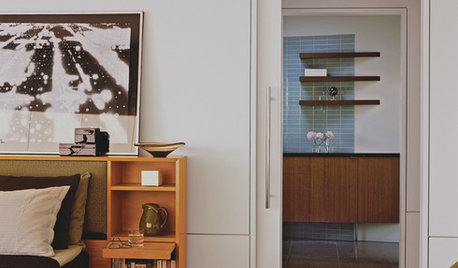
ARCHITECTUREThe Truth About 'Simple' Modern Details
They may look less costly and easier to create, but modern reveals, slab doors and more require an exacting hand
Full Story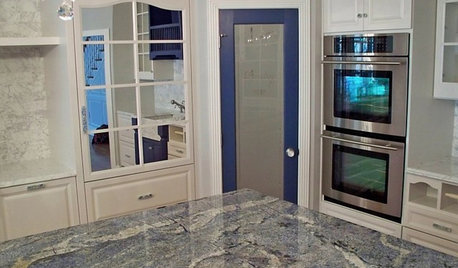
KITCHEN COUNTERTOPSKitchen Counters: Granite, Still a Go-to Surface Choice
Every slab of this natural stone is one of a kind — but there are things to watch for while you're admiring its unique beauty
Full Story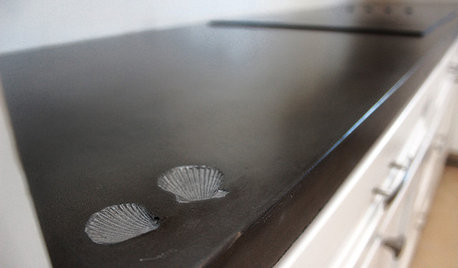
KITCHEN COUNTERTOPSElephants of the Kitchen? What to Know About Concrete Counters
Concrete countertops are beautiful, heavy and cool — and have their own peculiarities. And a lot in common with certain gray pachyderms
Full Story
GARDENING GUIDESNew Ways to Think About All That Mulch in the Garden
Before you go making a mountain out of a mulch hill, learn the facts about what your plants and soil really want
Full Story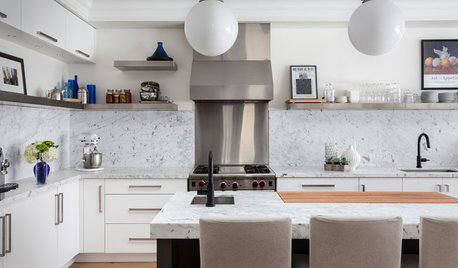
KITCHEN BACKSPLASHESWhy You Should Embrace a Solid Slab Backsplash
The effect is stunning, and yet the cost can be minimal. Here’s what to know about using full slabs of stone in your kitchen
Full Story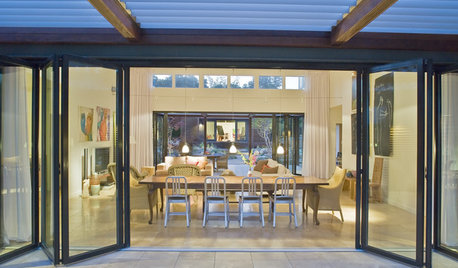
ARCHITECTURE10 Things to Know About Prefab Homes
Are prefab homes less costly, faster to build and greener than homes constructed onsite? Here are answers to those questions and more
Full Story
MATERIALSInsulation Basics: What to Know About Spray Foam
Learn what exactly spray foam is, the pros and cons of using it and why you shouldn’t mess around with installation
Full Story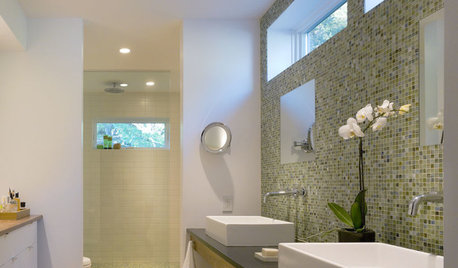
REMODELING GUIDESWhat to Know About Budgeting for Your Home Remodel
Plan early and be realistic to pull off a home construction project smoothly
Full Story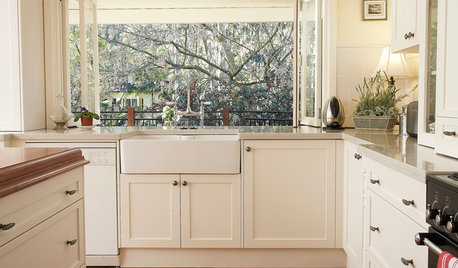
KITCHEN SINKSEverything You Need to Know About Farmhouse Sinks
They’re charming, homey, durable, elegant, functional and nostalgic. Those are just a few of the reasons they’re so popular
Full Story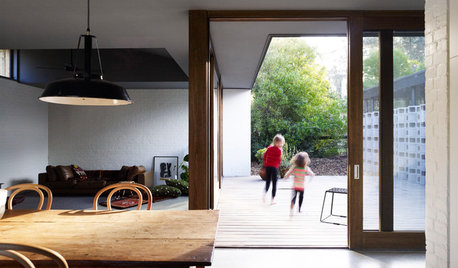
HOMES AROUND THE WORLDHouzz Tour: Quality Family Time in a Beach Vacation Home
Designed as a place to escape for the weekend, this architect’s home is nestled gracefully into its bushy surroundings by the beach
Full StorySponsored
Columbus Area's Luxury Design Build Firm | 17x Best of Houzz Winner!
More Discussions






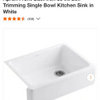

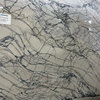
raee_gw zone 5b-6a Ohio